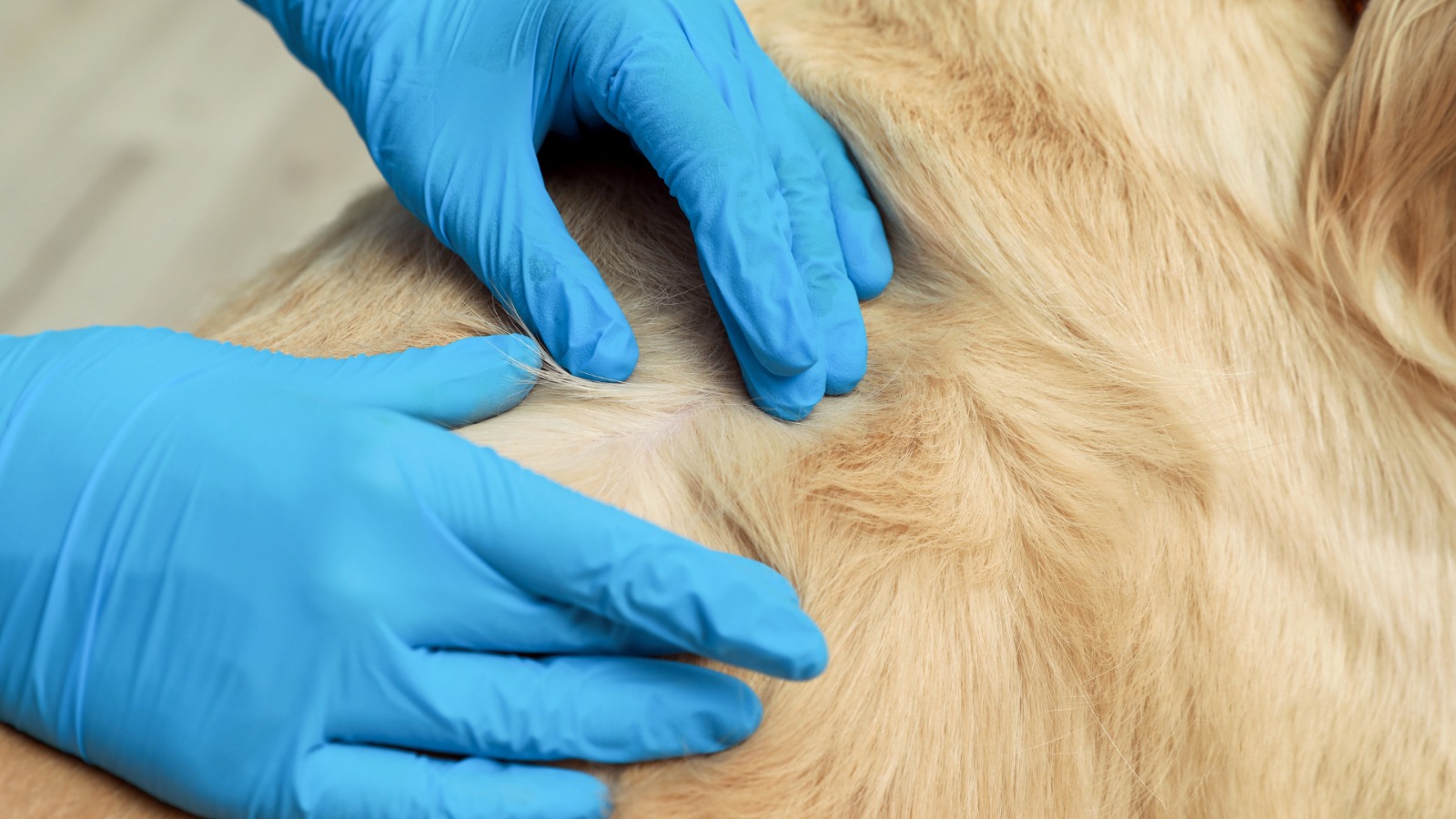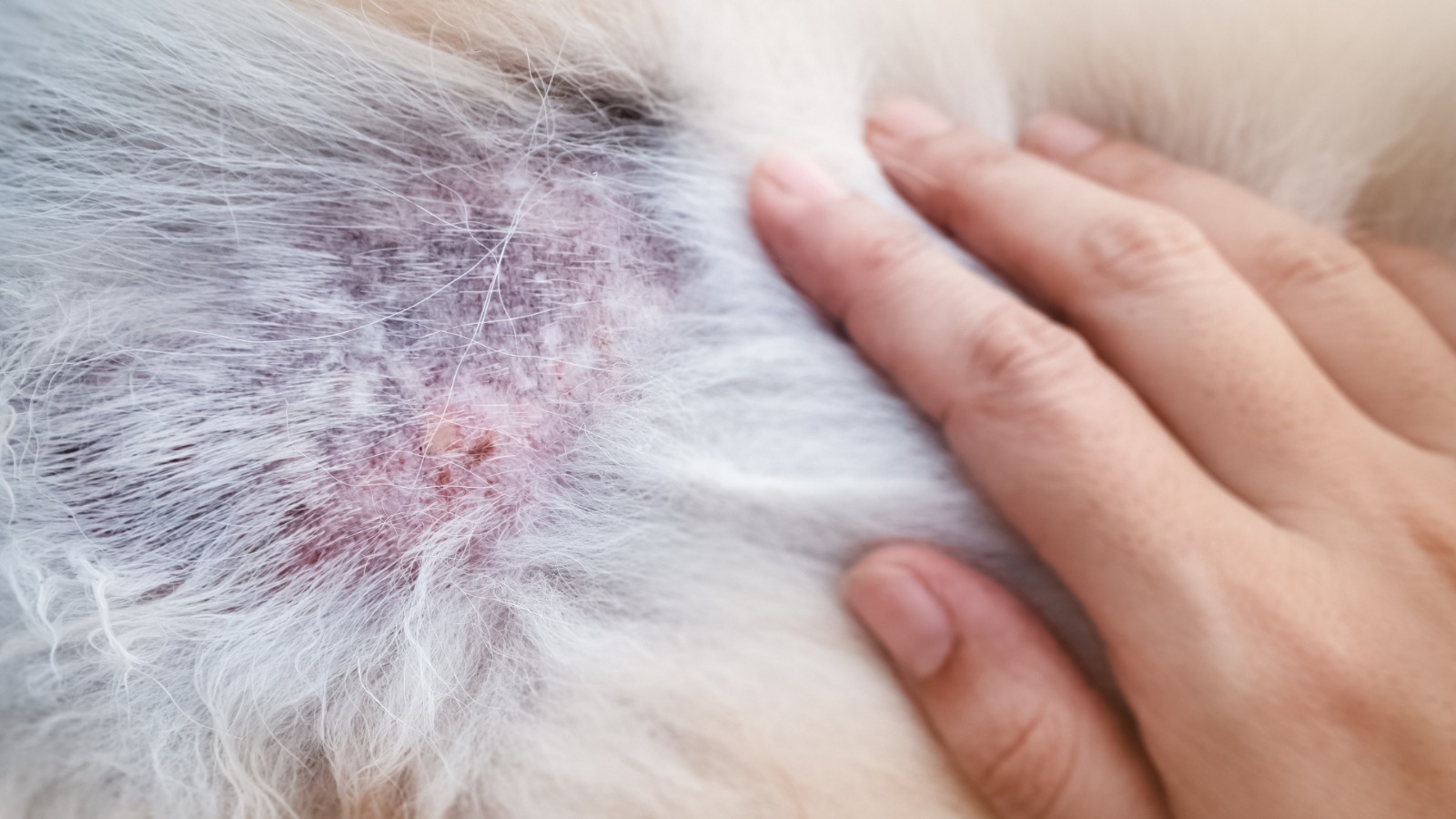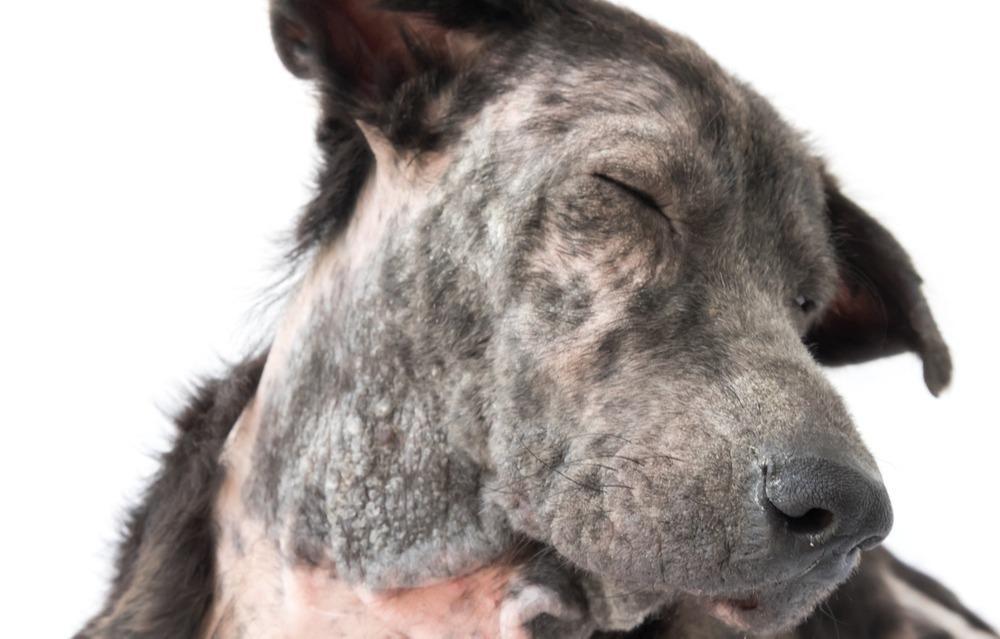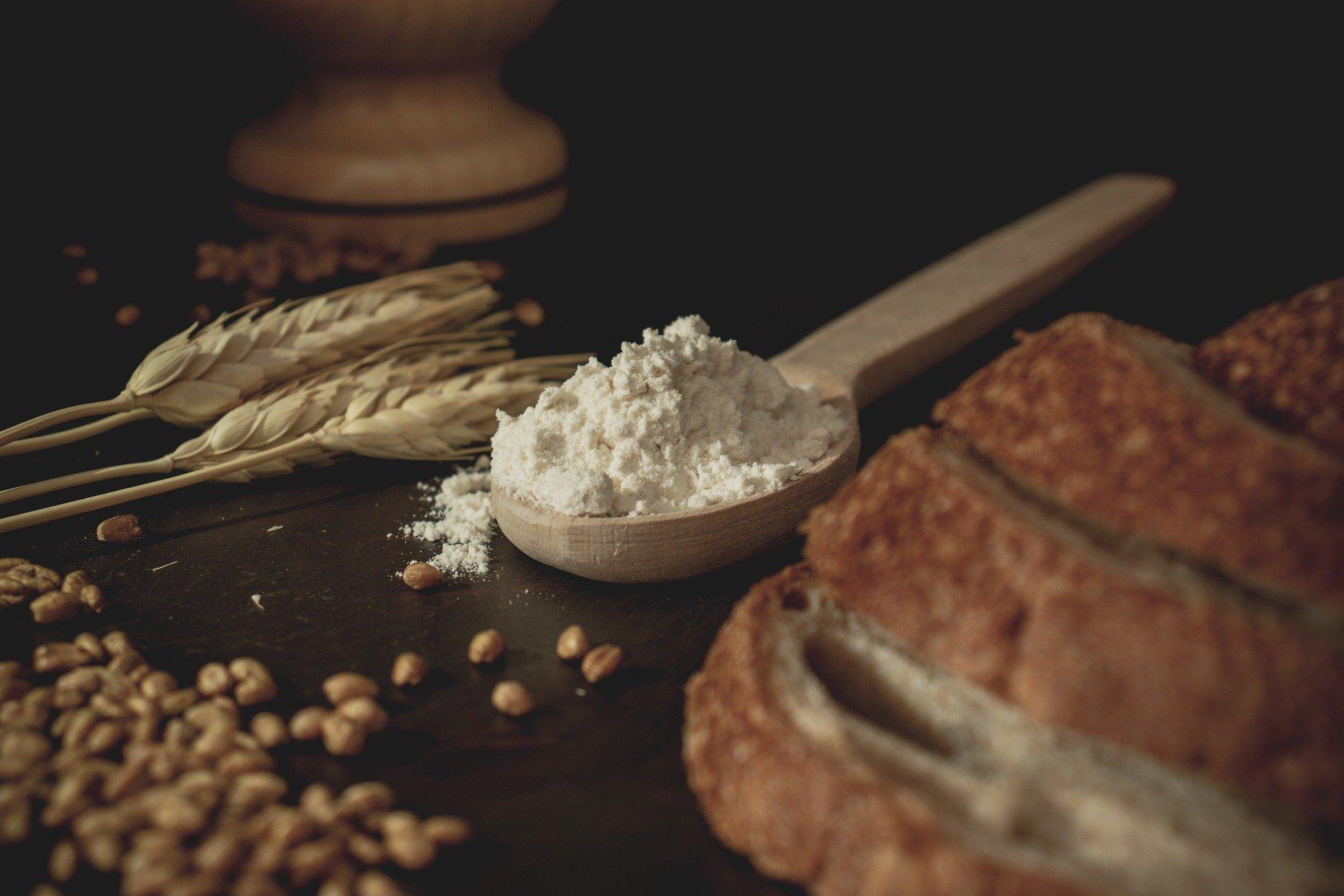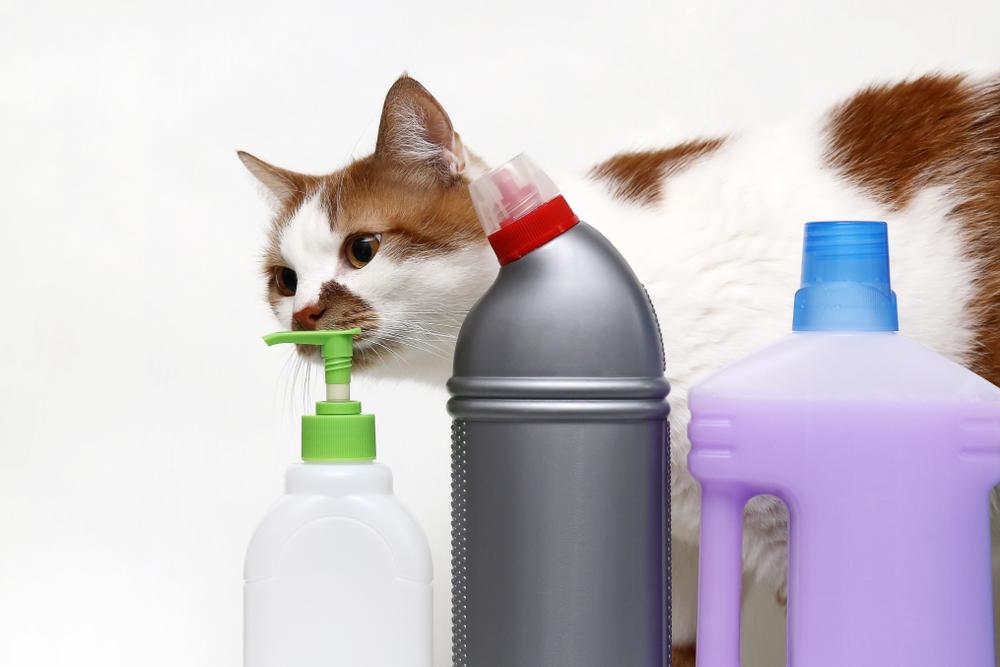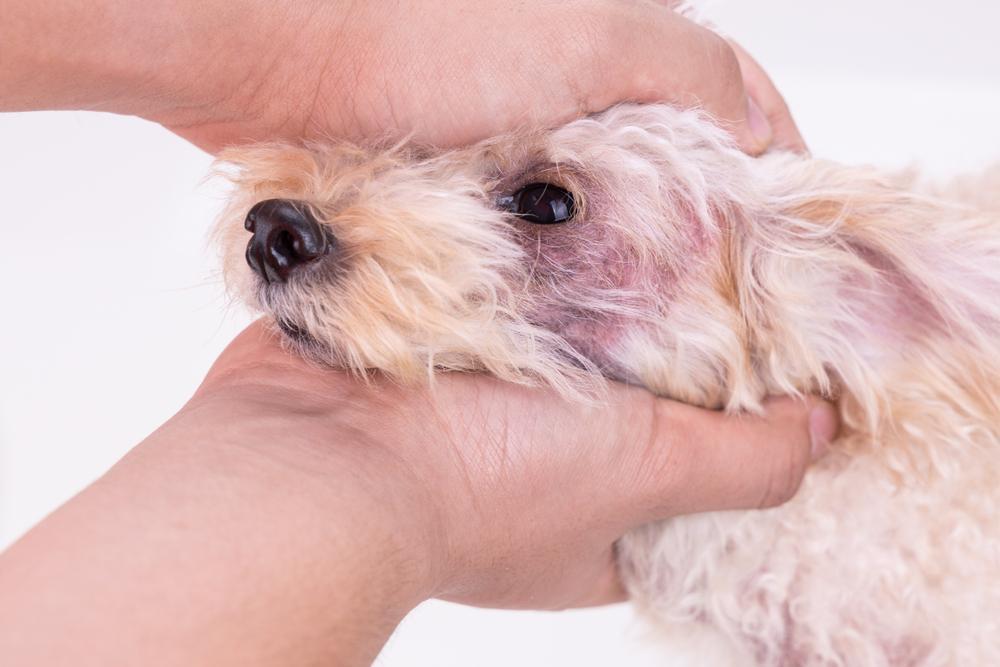We often talk about the highway between the gut and the brain, but it is probably more appropriate to think of the gut like a roundabout. If you live anywhere other than the UK, a roundabout is a road junction at which traffic moves in one direction around a central island to reach one of the roads converging onto it. In short, you have a number of roads branching off.
We are learning more about the gut’s impact on the body every day, and along with a gut-immune axis, (one road off the roundabout), the gut-brain axis (another road off the roundabout), we also have a gut-skin axis.
The gut-skin axis is becoming intertwined in a range of inflammatory skin issues in humans, and as our dogs also sadly suffer with many inflammatory skin issues, here at My Pet Nutritionist, we think the Gut-Skin Axis is worth exploring.
So, let’s get cracking.
The Skin
The skin is the largest organ of your dog’s body. It consists of three major layers:
The Epidermis – (Epi – upon or above) this is the outer layer of skin, the protective layer.
The Dermis – the dermis supports and nourishes the outer layer. It provides strength and elasticity. Here you will find collagen fibres, sweat glands, sebaceous glands, and hair follicles. You will also find cells that release histamine and other inflammatory mediators when faced with an allergy or injury.
The Subcutis – (sub meaning under or below) this in the innermost layer of the skin, where you will find fat and muscles. Subcutaneous fat provides insulation, padding and storage for reserve energy.
Not only does the structure of the skin prevent water and electrolyte loss to help maintain body homeostasis, but it forms a protective barrier which helps protect against infections, parasites, and the elements.
This is the often-forgotten role of the skin – that it forms part of the immune system.
It is this role that largely establishes the connection between the gut and skin.
The Gut
The gastrointestinal tract (GIT) is one of the largest interfaces between the host and its environment, you only have to think of the sheer volume of food and (and other items) that pass through your dog’s GIT in their lifetime.
For this reason, it must posses a strong barrier to prevent pathogens reaching the inner workings of the body.
Skin Vs. Gut Barrier
The gut and skin barrier share surprisingly many features. Both organs are highly innervated and vascularized, as they are both essential for immune and neuroendocrine function.
The inner surface of the gut and the outer surface of the skin are both covered by epithelial cells (ECs) which have direct contact with the exogenous environment. This way, the immune system is continuously primed to distinguish between harmful and beneficial compounds. Immune cell priming starts early on in life and forms the basis of tolerance.
Your Pet’s Immune System
But, both the skin and gut also posses a microbiome and it is this, along with the interplay between them that influences their health.
How Does The Gut Affect The Skin?
We have largely established the impact the gut has on skin through bacterial supplementation.
Study One
Mice who received
Lactobacillus reuteri supplementation experienced increased dermal thickness, enhanced folliculogenesis, and increased sebocyte production which manifested as thicker, shinier fur.
Findings Here
Study Two
Oral supplementation of
Lactobacillus brevis SBC8803 in rats demonstrated a significant decrease in transepidermal water loss, which is a marker of skin barrier function. This was also replicated in humans.
Findings Here
Study Three
Volunteers who took
Lactobacillus paracasei NCC2461 supplements for 2 months had decreased skin sensitivity.
Findings Here
Study Four
Another study evaluated the impact of
Bifidobacterium breve M-16V and
Bifidobacterium longum BB536 administration over the time period of 1 month prenatally, 6 months during infancy, and a period of 18 months follow up on the management of allergic diseases in humans. The study concluded that the incidence of atopic dermatitis was lower in the probiotic administered cases, compared to controls.
Findings Here
Whilst these studies are promising, there are equally studies which conclude no significant effect on inflammatory skin disease when supplementing probiotics. More and more data is appearing suggesting that clinical significance is largely strain specific, and some studies simply researched the wrong strain. Equally, we understand that inflammatory conditions are multifactorial, and there is no silver bullet.
But what these studies do show us is that what goes on in the gut, can influence skin health.
We have found that the metabolites found in the gut (those produced from the fermentation of fibre for example) have effects on the gut and the skin.
SCFA’s are seen to have anti-inflammatory effects in the gut and in the skin.
GABA metabolites modulate neurotransmitter function but also restrict itching in the skin.
Dopamine modulates neurotransmitter function but also inhibits hair growth in the skin.
Acetylcholine also modulates neurotransmitter function but also influences barrier function in the skin.
This is also demonstrated when we look at dietary implications in skin conditions, for example, in cases of atopic dermatitis, diets are frequently low in fruits, vegetables, omega-3 fatty acids and high in omega-6 fatty acids.
Findings Here
But when we see the comorbidity of skin and gut issues, it’s easy to wonder which came first and what’s super interesting is that we see a bidirectionality.
Studies have demonstrated that food allergies may result from an impaired skin barrier: atopic dermatitis sensitizes to peanut allergy due to epicutaneous peanut protein exposure in household dust, leading ultimately to immunoglobulin E (IgE)-mediated mast cell expansion in the gut.
Findings Here
Whether the gut or skin comes first, what is clear is that we need to support the health of both.
The intestinal and epidermal barriers are connected through systemic circulation (blood and lymph), so healthy circulation is important. This is where appropriate exercise comes in. But avoid over-exercising as this ramps up the stress response in our pets and can be detrimental to the microbial communities living in their gut.
Top Tips To Support the Gut-Skin Axis:
Feed a fresh food diet,
Ensure a diet rich in Omega-3 Fatty Acids,
Modulate stress,
Limit toxin exposure,
Balance immune function,
Acknowledge the role of genes in skin health.
If you’d like to learn more about addressing these top tips, check out our following blogs:
How To Support Gut Barrier Health
Top Tips for Skin Health in Dogs
Can Genes Result in Poor Skin Function?
Tackling Atopic Dermatitis in Pets
Can Stress Affect My Dog’s Digestive System
What Can Help Gut Dysbiosis
If you think your dog’s gut-skin axis is a little jammed up, or not working as it should, check out our services to see how we can help.
Thanks for reading,
MPN Team




